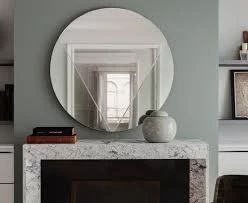

Understanding Low Emissivity (Low-E) Glass Benefits and Applications
Low emissivity (Low-E) glass is a revolutionary product that has transformed the efficiency of windows in both residential and commercial buildings. Its unique properties stem from a microscopic metallic coating that is applied to the surface of the glass. This coating significantly reduces the amount of infrared and ultraviolet rays that can pass through without compromising the amount of visible light that enters. The result is a product that enhances energy efficiency, provides comfort, and promotes sustainability.
Understanding Low Emissivity (Low-E) Glass Benefits and Applications
In addition to its thermal properties, Low-E glass also offers protection against harmful UV rays. Standard glass can allow a significant amount of UV radiation to reach the interior of a building, which can cause furniture, carpets, and artwork to fade over time. Low-E glass minimizes this deterioration while still allowing natural light to illuminate indoor spaces. As a result, this type of glass is particularly popular in environments where natural lighting is a priority, such as offices and retail spaces.

Moreover, Low-E glass comes in various types, including passive and solar control. Passive Low-E glass is designed to maximize solar heat gain in colder climates, enhancing natural heating, while solar control Low-E is optimized for warmer climates, minimizing heat gain while maximizing daylight. This versatility makes Low-E glass suitable for a variety of applications, from residential homes to high-rise commercial buildings.
Another notable feature of Low-E glass is its contribution to environmental sustainability. By maximizing energy efficiency and reducing reliance on fossil fuels, Low-E glass is an essential element in the construction of green buildings. Many building codes and energy-efficiency standards encourage the use of Low-E glass to meet sustainability goals.
In conclusion, Low-E glass is a significant advancement in window technology, offering numerous benefits, including energy efficiency, UV protection, and versatility in applications. As the demand for sustainable building practices increases, Low-E glass is poised to play a crucial role in shaping the future of energy-efficient architecture. Investing in Low-E glass is not just beneficial for individual homeowners and businesses; it is a smart choice for the planet.